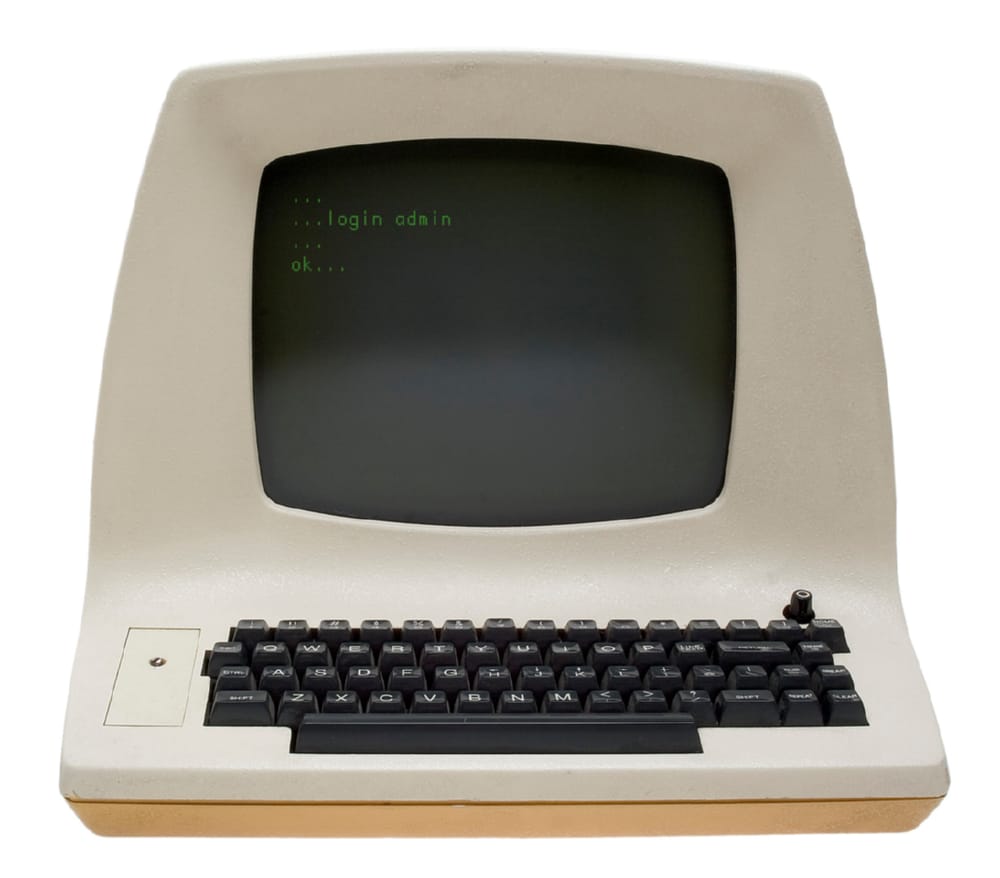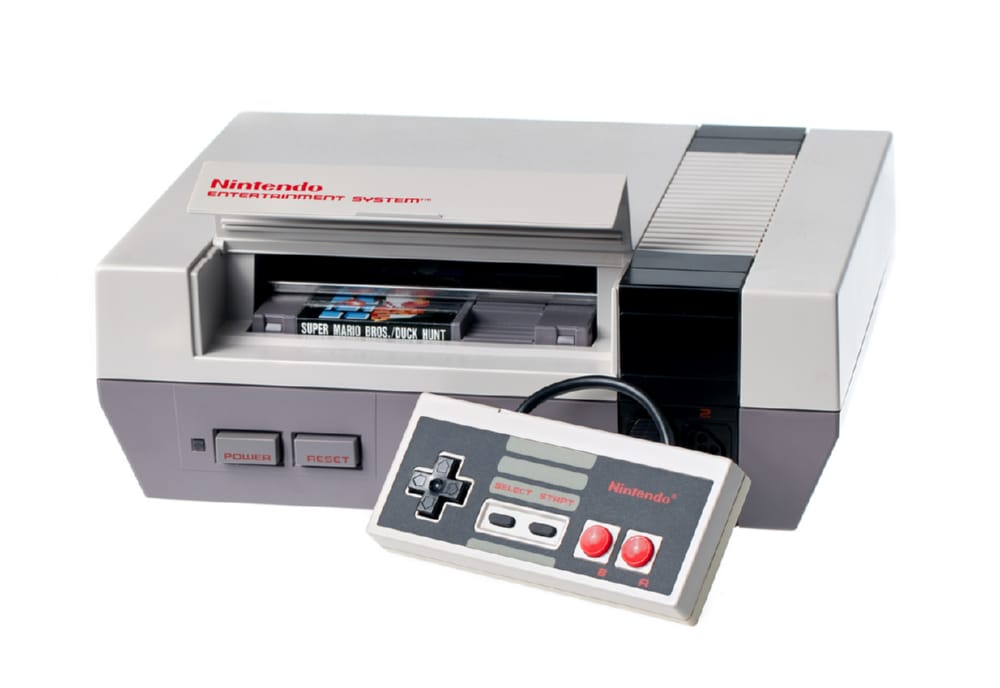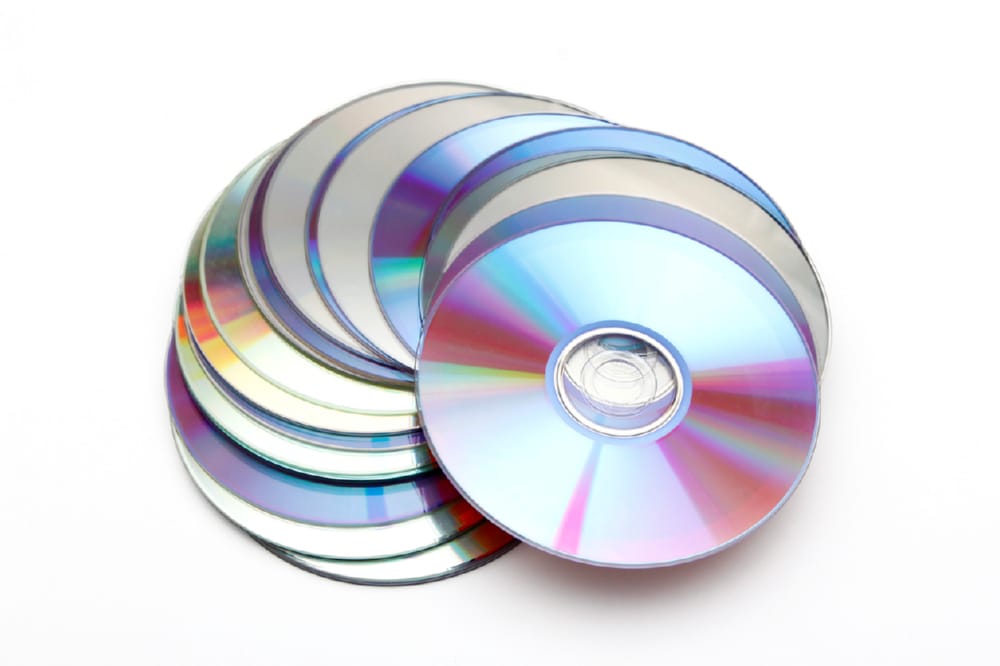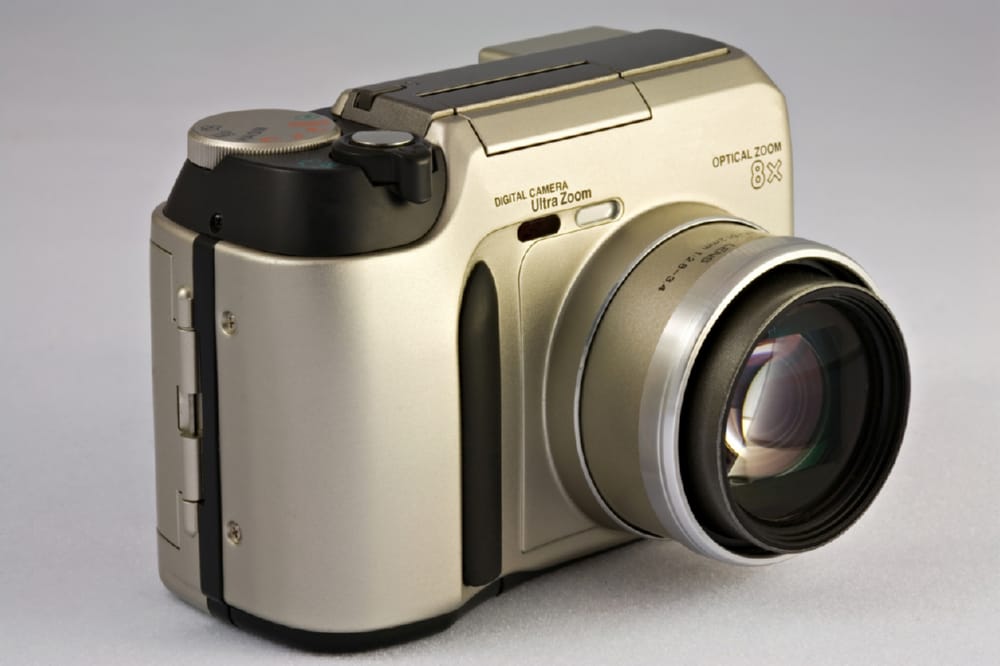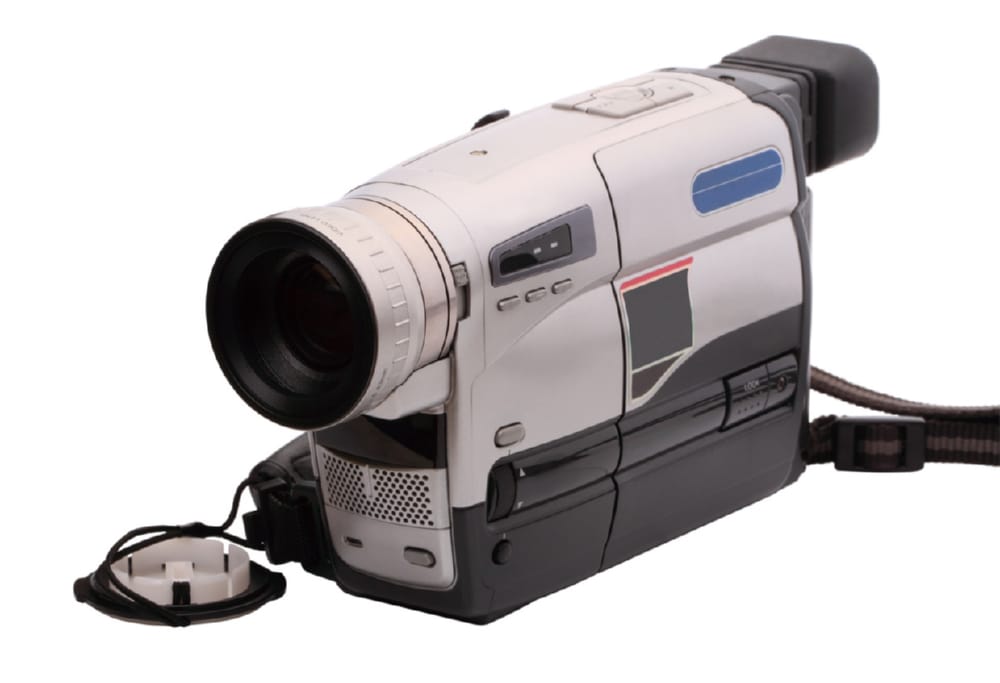The 1980s was a transformative decade that reshaped the landscape of technology, laying the groundwork for the digital era we live in today. From the clunky yet beloved personal computers to the groundbreaking software that powered them, the ’80s were a time of rapid innovation and exploration in the tech world. It was a decade that not only introduced the masses to the concept of digital life but also revolutionized how we communicate, work, and entertain ourselves.
In this article, we’ll take a nostalgic journey back to the era of neon colors and big hair to explore the revolutionary technologies that emerged in the 1980s. Prepare to be amazed by the inventions that paved the way for the gadgets and digital tools we cannot imagine living without today. Let’s dive into the world of 80s technology and discover how these innovations have shaped the technological landscape of the 21st century.
Personal Computers (PCs)
The 1980s marked the dawn of the personal computer (PC) era, a pivotal moment in technology that brought computing power into the homes and offices of everyday people. Before this decade, computers were mammoth machines that occupied entire rooms and were accessible only to businesses and universities. However, the introduction of PCs, such as the IBM PC, the Apple Macintosh, and the Commodore 64, changed everything.
These machines were compact, affordable, and user-friendly, designed for personal use and a wide range of tasks, from word processing and spreadsheet management to gaming and programming. The advent of PCs democratized computing, sparking a revolution that would lead to the explosive growth of software development, digital media, and the Internet. The 80s PC revolution not only changed how we work and play but also laid the foundation for the digital age, making it one of the most significant technological advancements of the decade.
Mobile Phones
The 1980s witnessed the birth of another groundbreaking technology: the mobile phone. This era introduced the world to the concept of communication on the go, with the Motorola DynaTAC 8000X, released in 1983, being the first commercially available handheld cellular phone. Nicknamed “the brick” due to its hefty size and weight, this pioneering device offered the unprecedented ability to make and receive calls without the constraints of wires or stationary locations.
Despite its bulky design and high cost, the advent of the mobile phone was a harbinger of the wireless revolution, setting the stage for the evolution of compact, powerful smartphones that would become essential in the 21st century. The introduction of mobile phones in the ’80s started a transformation in communication, making it more personal, immediate, and accessible anywhere, forever changing the way we connect with the world around us.
The Internet and Modems
The 1980s also saw the infancy of the internet and the advent of modems, two technologies that would eventually transform the world into a globally connected digital village. Initially, the Internet was a fledgling network of computers used primarily by academics and government institutions, but it laid the groundwork for the vast, interconnected web we rely on today.
Modems, devices that modulate and demodulate digital signals over phone lines, became the unsung heroes of the decade, enabling computers to communicate over long distances. This technology allowed users to access bulletin board systems (BBS), share files, send electronic mail, and eventually surf the burgeoning World Wide Web.
The combination of the internet and modems in the 80s started a revolution in information exchange and connectivity, paving the way for the era of instant communication, online communities, and the wealth of knowledge and services available on the internet today.
Graphical User Interface (GUI)
The 1980s saw a monumental shift in how people interacted with computers through the development of the Graphical User Interface (GUI). This innovation moved away from the complex and intimidating command-line interfaces towards a more intuitive, visual way of computing. With the introduction of the Apple Lisa and Macintosh, followed by Microsoft Windows, computers became significantly more accessible to the general public. GUIs featured elements like windows, icons, menus, and pointers, allowing users to point-and-click their way through tasks rather than typing out commands.
This user-friendly approach to computing democratized technology, making it possible for people with no programming skills to use computers for a variety of tasks, from office work to creative projects. The GUI was a crucial step in making technology an integral part of daily life, laying the foundation for the software and applications that shape our digital world today.
Video Game Consoles
The 1980s marked a significant era in entertainment technology, with the rise of video game consoles, a redefining of leisure, and the establishment of a new culture around electronic gaming. This decade witnessed the launch of iconic systems like the Nintendo Entertainment System (NES) and the Sega Master System, which brought video gaming from the arcades to the living room.
These consoles offered a diverse library of games, from platformers and puzzles to action and adventure, captivating a wide audience and creating fervent fans. The introduction of characters like Mario from Nintendo solidified the place of video games in popular culture.
The innovation and competition between console manufacturers not only improved the quality of games but also made video gaming a mainstream hobby. The success of these consoles set the stage for the gaming industry’s exponential growth, turning it into a pivotal segment of modern entertainment.
Compact Discs (CDs)
Compact Discs (CDs) emerged in the 1980s as a revolutionary technology that transformed the music and computer industries. Developed through a collaboration between Philips and Sony, CDs were introduced to the market as a digital alternative to analog vinyl records and cassette tapes, offering a new level of audio clarity, durability, and storage capacity. With the ability to hold up to 74 minutes of high-quality audio on a single disc, CDs heralded the beginning of the digital audio era.
They also became a popular medium for storing and distributing software, data, and, later, video content, thanks to their large storage capacity and ease of replication. The introduction of CDs marked a significant advancement in how people consumed media, leading to the eventual decline of analog formats and laying the groundwork for future digital storage technologies.
Digital Imaging
The 1980s marked the advent of digital imaging, a revolutionary technology that began to transform the fields of photography and graphic design. This era saw the introduction of the first digital cameras and image editing software, laying the groundwork for the shift from analog to digital photography. Digital imaging allows for the capturing, editing, and storing of images in a digital format, offering unprecedented flexibility and creativity in image manipulation.
It also significantly reduced the time and cost associated with film processing, enabling photographers and designers to experiment with images with instant feedback. As digital imaging technology advanced, it paved the way for the explosion of digital media in the 1990s and beyond, fundamentally changing how we create, consume, and share visual content across multiple platforms.
Camcorders
The introduction of camcorders in the 1980s revolutionized personal videography by combining a video camera and a video recorder into one portable device. Prior to this, capturing video required separate equipment for filming and recording, making the process cumbersome and less accessible to the general public. Camcorders empowered individuals to easily record family events, holidays, and everyday moments with a quality that was previously achievable only by professional filmmakers.
This innovation not only democratized video production, making it a common feature of family gatherings and amateur filmmaking, but also laid the foundation for the user-generated content that dominates today’s digital landscape. The camcorder was a significant step forward in personal electronics, fostering a culture of sharing and storytelling through video.
Walkman and Portable Music Players
The introduction of the Sony Walkman in 1979 revolutionized the way people experienced music, making the 1980s the decade of portable personal audio. For the first time, individuals could carry their favorite tunes with them, enjoying music through lightweight headphones while walking, commuting, or engaging in physical activities without imposing their music on those around them. This innovation sparked a cultural shift towards personal entertainment, leading to the development of portable music players throughout the 80s and beyond.
The Walkman and its successors, including various digital music players, laid the groundwork for the personal, portable media consumption habits that are prevalent today, culminating in the development of modern smartphones that serve as all-in-one media devices. The era of the Walkman changed not only how music was consumed but also how it was appreciated, making it a more intimate and personal experience.
ATMs and Credit Card Validation Systems
The 1980s saw the widespread adoption of Automated Teller Machines (ATMs) and the introduction of real-time credit card validation systems, technologies that drastically transformed personal banking and consumer spending. ATMs provide the convenience of accessing bank accounts to withdraw cash, check balances and perform other financial transactions beyond the traditional banking hours and without the need for a bank teller. This autonomy in banking empowered consumers and reshaped the banking industry.
Meanwhile, credit card validation systems became more sophisticated, allowing for instant verification and approval of transactions, which significantly boosted the use and acceptance of credit cards worldwide. These innovations not only made financial transactions more convenient and secure but also laid the groundwork for the digital payment ecosystems and online banking services we rely on today, marking a significant shift towards an increasingly cashless society.
Conclusion
As we reflect on the revolutionary technologies of the 1980s, it’s clear that this remarkable decade laid the groundwork for the digital age we live in today. From the introduction of personal computers and mobile phones to the advent of the internet, graphical user interfaces, and digital imaging, the innovations of the ’80s have profoundly shaped how we work, communicate, and entertain ourselves.
The era’s technological breakthroughs, such as video game consoles, compact discs, camcorders, portable music players, ATMs, and credit card systems, not only transformed their respective fields but also revolutionized our daily lives.
These pioneering technologies paved the way for future advancements, reminding us of the enduring impact of the ’80s on the modern technological landscape. As we continue to navigate the rapid pace of technological evolution, we owe much to the visionary developments of the 1980s—a decade that truly changed the world.


